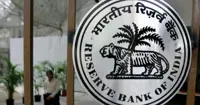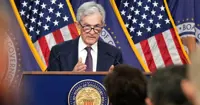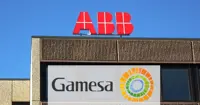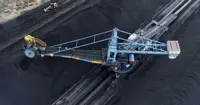Marginal rise in Aussie jobs losses belies analysts’ projections
12 Jun 2009
The unemployment rate in Australia is rising because companies are not taking on all new entrants into the market such as migrants and fresh graduates, a labour force survey has revealed.
Prime minister Kevin Rudd said the labour force report revealed that his government's federal government's stimulus package was working. Unemployment figures increased from 5.5 per cent in April to 5.7 per cent in May.
"No one likes to see unemployment rise. But we must not forget that even after today's data, Australia's unemployment rate is lower than all the major advanced economies except Japan," the Prime Minister told an Australian Industry Group lunch in Sydney.
According to analysts this time around, unlike previous downturns, the number of people looking for work has not dropped. They say that close to a record 65.5per cent of the population are employed or are looking for a job.
The number of people holding jobs has not changed since April last year and remains steady at 10.8 million. However, some significant shifts in the kind of work people are doing are evident.
The past year has seen a decline of 60,000 in the number of full-time workers while the number of part-time workers has surged by 96,000.
The downturn has mainly hit male full-time employment while both full-time and part-time female employment has grown over the past year.
Analysts say that many employers had resorted to staff cuts as a precautionary measure and they could start hiring again as the economy improves.
The Australian Bureau of Statistics has introduced a measure of under-employment that factors in people who are not working but are seeking a position and people who are working lesser hours than they would like.
The good news in the figures released by the ABS according to analysts is that the surge in Australia's jobless did not happen largely because of a surprise rise in the number of new part-time jobs.
The figures reveal that the Australian economy in fact shed a net 1700 jobs in the month, belying forecasts that put the figure at 20,000 to 30,000 jobs.
The number of people looking for work increased, which accounted for the rise in unemployment rate from a revised 5.5 per cent in April to 5.7 per cent in May.
The continuing resilience of the labour market comes as a surprise to economists who project figures based of indicators such as business surveys and job advertisement counts that have been pointing to a considerably weakened job market.
However, the National Australia Bank's business survey released on Tuesday showed that the number of companies cutting workforce exceeded the number of companies still hiring by 25 per cent.
Analysts say that the government's budget stimulus package had not only prevented staff shedding in the biggest employment sector, retail but had actually led to increase in its workforce. They add that although unemployment was rising, the jobless rate at 5.7 per cent was still low by historic and international standards.




.webp)


























